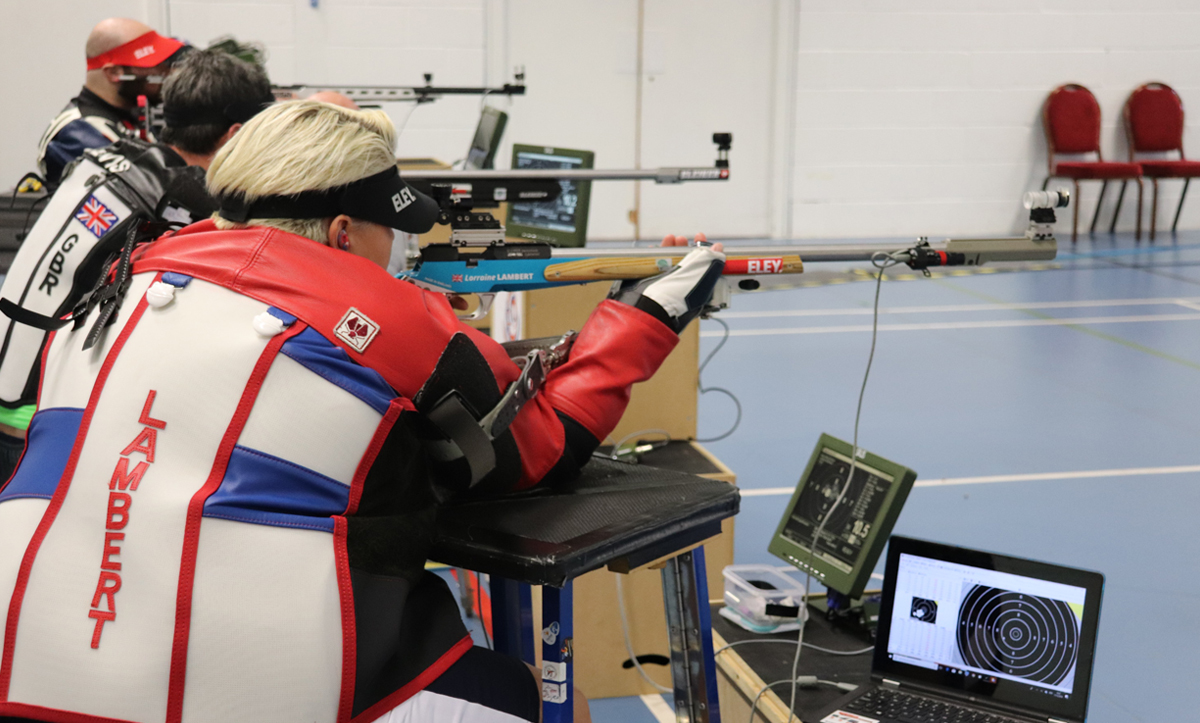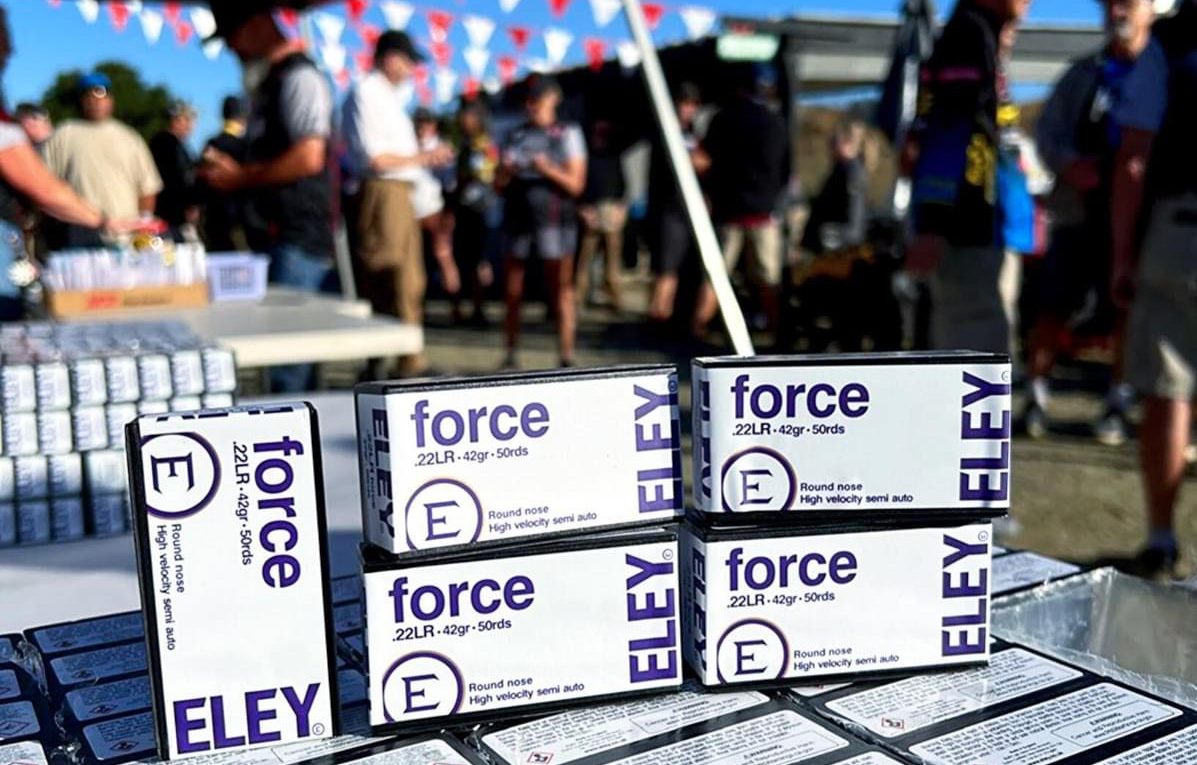Paralympic shooting sports: classifications explained
For anyone who has watched or read about the para-shooting sports, you’ll be certain to have heard terms such as R8, P2, R4… but what exactly do they all mean? Here, we’re breaking down the different classifications to help you get to grips with the different disciplines.
For all Paralympic sport competitions to be fair and equal, there is a system in place to ensure winning is determined by a range of factors. These include skill, fitness, power, endurance, tactical ability and mental focus. This is no different for shooting sports.
As well as the disciplines being divided dependent upon position, firearm, distance etc. Paralympic events are also split into sub-classes which depend upon the disability type and if any assistive equipment is required. Classification is governed by the International Paralympic Committee’s IPC Shooting.
For a handy guide on all disciplines, please see the table below.
Notes:
SH1: uses a rifle or pistol, athletes are able to support their firearm without assistance
SH2: uses a rifle only, athletes support their firearm with the assistance of a shooting stand.
| Firearm | Distance | Gender | Classification | Position | |
|---|---|---|---|---|---|
| R1 | Air rifle | 10m | Mens | SH1 | Standing |
| R2 | Air rifle | 10m | Womens | SH1 | Standing |
| R3 | Air rifle | 10m | Mix | SH1 | Prone |
| R4 | Air rifle | 10m | Mix | SH2 | Standing |
| R5 | Air rifle | 10m | Mix | SH2 | Prone |
| R6 | .22 rifle | 50m | Mix | SH1 | Prone |
| R7 | .22 rifle | 50m | Mens | SH1 | 3P |
| R8 | .22 rifle | 50m | Womens | SH1 | P3 |
| R9 | .22 rifle | 50m | Mix | SH2 | Prone |
| P1 | Air pistol | 10m | Mens | SH1 | – |
| P2 | Air pistol | 10m | Womens | SH1 | – |
| P3 | .22 pistol | 25m | Mix | SH1 | Precision / Rapid |
| P4 | .22 pistol | 50m | Mix | SH1 | – |
We’ve been speaking to some members of Team GB’s Paralympic team to find out more about the classifications they shoot as well as their 2018 highlights and goals for 2019.
James Bevis:
“I shoot in disciplines R5 and R9, which is the 10m air rifle mixed and the 50m prone rifle mixed respectively.
My most memorable moment of 2018 had to be getting my Olympic quota place when I was competing in France. Despite the increasing pressure for a place, I felt quite relaxed and calm as I had confidence in my ability and the ELEY ammunition I was using. To prepare for Tokyo, I will still be attending competitions this year as I want to go out and win. When it comes to the end of year rankings for 2019, I want to be at the top. I’ll be continually testing ammunition and I’m pleased to say I shot my first 600 at training with the ELEY .22lr ammo taken from testing at the end of last year.”
Mandy Pankhurst:
“R2 and R8 are the main disciplines I compete in, but I also shoot R6 which is the 50m prone rifle mixed. As an SH1 para-shooter, I support the rifle without assistance, but do have a bespoke wheelchair for lower body support.
Next year I’m hoping to achieve more personal bests and medals, as well as the all-important Tokyo quota place. My highlight of 2018 has to be my 3P result at the world cup in Châteauroux.”
Ryan Cockbill:
“I compete in the R4 discipline which is 10m air rifle prone and also R9 the same as James. To assist my shooting I am allowed to have a hard spring and high backrest. I also have a frame specially made to suit me.
My goal for 2019 is to secure a quota place for Tokyo and my 2018 highlight has to be my Bronze medal in R9 at the UAE. It was unexpected and not my main event so I was over the moon to get third place.”
Lorraine Lambert:
“I compete in the R2, R3, R6 and R8 disciplines. These are the 10m air rifle womens, 10m air rifle prone mixed, 50m rifle prone and 50m rifle 3P women.
As a left leg amputee, for the prone events, I shoot using a kneeling post. I’ve also had to adapt when shooting in the standing position and use a saddle called ‘the pony’.
My aims for 2019… a quota place would be nice and a few medals. I’m always striving to be the best so I want to outperform 2018.
My most memorable moment of 2018 had to be the World Championships in Korea, managing to get to the final in R6 and being with all the team. When you’re shooting at this level you can’t afford to have ammunition that’s inconsistent. The margins in between scores are so tight you need to have confidence that all elements are going to perform.”
We’d like to wish the British para-team good luck as they prepare to compete in the first World Cup of the year in the UAE this February. Plenty more quota places and medals to come we’re sure!





